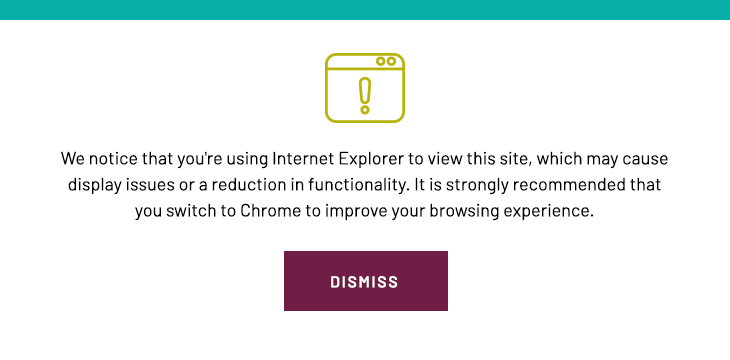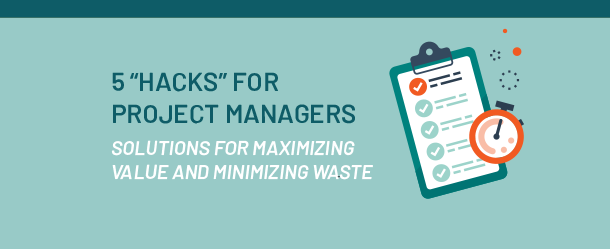



As construction project managers, we spend every day juggling multiple priorities for delivering our projects successfully. We must prioritize site safety while also maintaining budget, schedule, quality, security, operational continuity, and countless other elements of the project and, of course, cooperate, collaborate, and communicate effectively at every turn. That is a tall order, and those of us who have been doing this a while have resigned ourselves to the fact that the days are long, but the work is always rewarding.
But what if there were ways to make managing our construction projects just a bit easier, just a bit less hectic? With a few key tools, project managers can have greater visibility and control of their projects with less wasted effort:
Having a good handle on the status of construction is crucial to effective project management. But we often spend hours documenting our field observations in daily reports. Adopting reality capture tools, such as 360-degree camera images and drone footage, can both speed up and enhance field inspections.
With reality capture, daily reports consist of more than just lengthy text and a few static photos. 360-degree images are linked with GPS location data and the BIM model and can be annotated on tablets in the field. No more late nights spent sorting through photos and typing up reports. Your attention can now shift from documenting past events to planning future work.
At weekly progress meetings, we often limit our discussions to near-term work and upcoming issues, but there is rarely a forum to do more forward thinking to identify longer-term risks and develop mitigation strategies. As project managers, we would much prefer to be proactive and anticipate risks rather than responding to crises and doing damage control.
Introducing a risk register to the project and updating it at progress meetings provides an opportunity to shift from reactive to proactive. Project risks register, capture, and prioritize risks, identify their probability, impact, and time horizon, and document mitigation plans to avoid, minimize, or perhaps accept the risks. The net result is fewer hours in crisis mode and fewer crises, which can avert delays and prevent cost overruns.
Understanding the status of upcoming milestones and determining whether a project is on time or has slipped behind is essential. But what degree of confidence do we have in the project schedule and its forecast for completion?
Schedules focus on time to complete, but what is often missing is the element of earnings. Can the work be put in place at the rate required to achieve planned milestones? Incorporating an earned value analysis is a valuable way to identify potential shortfalls in earnings that could jeopardize on-time completion. By examining both time and cost components of a project plan, project managers can more realistically gauge when projects will complete. The result can be fewer notices of delay, fewer last-minute surprises, and/or greater opportunity to avert delay because potential impacts are identified early.
What is holding up placing concrete, setting steel, installing curtainwall, and setting mechanical equipment? As we see major milestones on the horizon, we often don’t have a good sense of all the submittals, RFI responses, work plans, outage requests, material deliveries, staging areas, and the like that drive the start of key elements of work.
Implementing a constraints log to be shared with the entire project team can be a great way to ensure that nothing stands in the way of progressing critical work. By tracking specific prerequisites – or constraints – that drive the start of work, the project team can be cognizant of the impact their decisions and response times can have on the project.
A Lean construction tool that we have seen used on a number of projects with success, constraints logs are a powerful way to ensure you are working on the right things, prioritizing tasks that drive the job, thereby mitigating production stops and slowdowns.
As project managers, we are often asked to submit weekly, monthly, and sometimes quarterly reports on our projects. These are major undertakings as we compile narratives, reporting on key metrics, photographs, and other records. But what if those were all replaced by a single dashboard that tracked multiple performance metrics with warning indicators to alert you to areas in need of attention?
Implementing a project dashboard that records real-time safety, quality, schedule, and budget metrics, reports top project risks, identifies key constraints for upcoming work, and even includes reality capture provides a full assessment of project status and can eliminate the need for written reports.
All of these tools represent simple ways to shift the management of your construction projects from reactive and overwhelmed to focused, forward-looking, and deliberate. With a little bit of investment in technology and the use of a few industry best practices and Lean construction tools, you will find your project workload far more manageable while delivering projects that are far more successful. At MBP, we have a full toolbox of “hacks” at our disposal that help us deliver predictable outcomes for our clients. We are happy to discuss any of these tools or provide more insight on our other tools. Happy hacking!
Comments